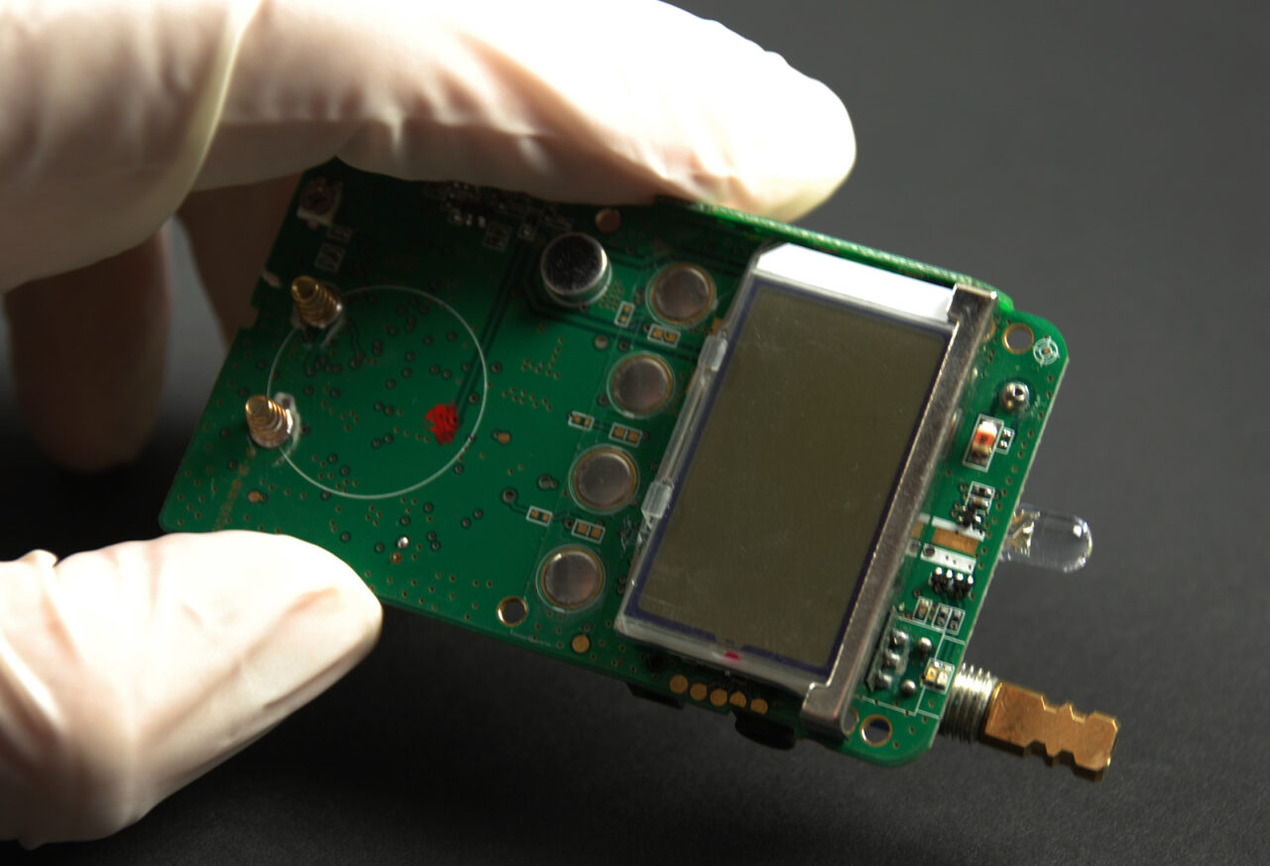
Researchers are exploring ways to improve artificial intelligence image identification accuracy on computer vision. Computer vision is an artificial intelligence topic that teaches computers to extract information from digital images. They employed an algorithm that takes the distorted image as input and outputs a clean image to the users.
The study focuses on images partially smudged or distorted due to the missing pixels. Another goal is to reduce the uncertainty estimations and inferences from the visual data acquired. The researchers then created computer algorithms to reveal the part of the signal that is marred or otherwise concealed.
“Models for doing so already exist, but quantifying the uncertainty is difficult. And you don’t want to make a mistake in a life-or-death situation,” Swami Sankaranarayanan, a postdoctoral researcher at MIT’s Computer Science and Artificial Intelligence Laboratory (CSAIL) and the study’s lead author, explained.
So far, they have been able to reconstruct images of simple objects, such as human faces or animals. However, they wish to expand their method into more required fields, such as medical imaging, where our “statistical assurance” may be precious. If the film, or radiograph, of a chest X-ray, is blurred, they intend to reconstruct the image as accurately as possible.
They attempted to rebuild the image while preserving vital information. In the instance of a chest X-ray, this could tell whether a patient has lung cancer or pneumonia. Sankaranarayanan and his associates have already begun collaborating with a radiologist to assess whether their method for diagnosing pneumonia could be beneficial in a clinical context.
Their work is also helpful in the realm of law enforcement. The image from a surveillance camera may be grainy, but law enforcement agents can improve it using their instruments. The tools he and his colleagues are building could aid in identifying a guilty individual and exonerating an innocent one.
As a result, obtaining a more excellent grasp of that uncertainty could benefit us in various ways. For one thing, it can help us learn more about what we don’t know. MIT engineers successfully established reliable estimates of uncertainty and displayed ambiguity in a form that the average person could understand.
In a new study, Sankaranarayanan and his co-authors — Anastasios Angelopoulos and Stephen Bates of the University of California at Berkeley; Yaniv Romano of the Israel Institute of Technology; and Phillip Isola, an associate professor of electrical engineering and computer science at MIT — addressed the issues.
When recovering a blurred image, questions are bound to occur. How much trust can one put in the correctness of the resulting image? And, as addressed in the December 2022 study, how should the ambiguity in that image be represented? The conventional method generates a “saliency map,” which assigns a probability value between 0 and 1 to each pixel to express the model’s confidence in its accuracy.
Their approach revolves around an image’s “semantic characteristics” – clusters of pixels that, combined, have meaning, such as a human face, a dog, or any other recognised entity. According to Sankaranarayanan, the goal is to “estimate uncertainty in a fashion that relates to groupings of pixels that humans can easily perceive.”
While the usual technique may produce a single image representing the “best guess” as to what the genuine picture should be, the ambiguity in that representation is typically difficult to perceive. Therefore, according to the new article, uncertainty should be conveyed meaningfully to people who are not experts in machine learning for application in the real world.
When recovering a blurred image, questions are likely to occur. How much assurance can someone have in the reliability of the resulting image? And, as discussed in the December 2022 paper, what is the best approach to convey uncertainty in that image? The conventional method is to generate a “saliency map,” which assigns a probability value — somewhere between 0 and 1 — to each pixel to represent the model’s certainty in its validity.
Their technique is centred on an image’s semantic characteristics – groups of pixels that, when combined, convey meaning, such as a human face, a dog, or any other recognised entity. According to Sankaranarayanan, the goal is to estimate uncertainty in a fashion that connects to the groups of pixels that humans can easily perceive.
Whereas the usual technique may produce a single image representing the best guess as to what the genuine picture should be, the ambiguity in that representation is typically difficult to perceive. According to the new article, to be helpful in the real world, uncertainty needs to be communicated in a meaningful way to individuals who are not experts in machine learning.
















